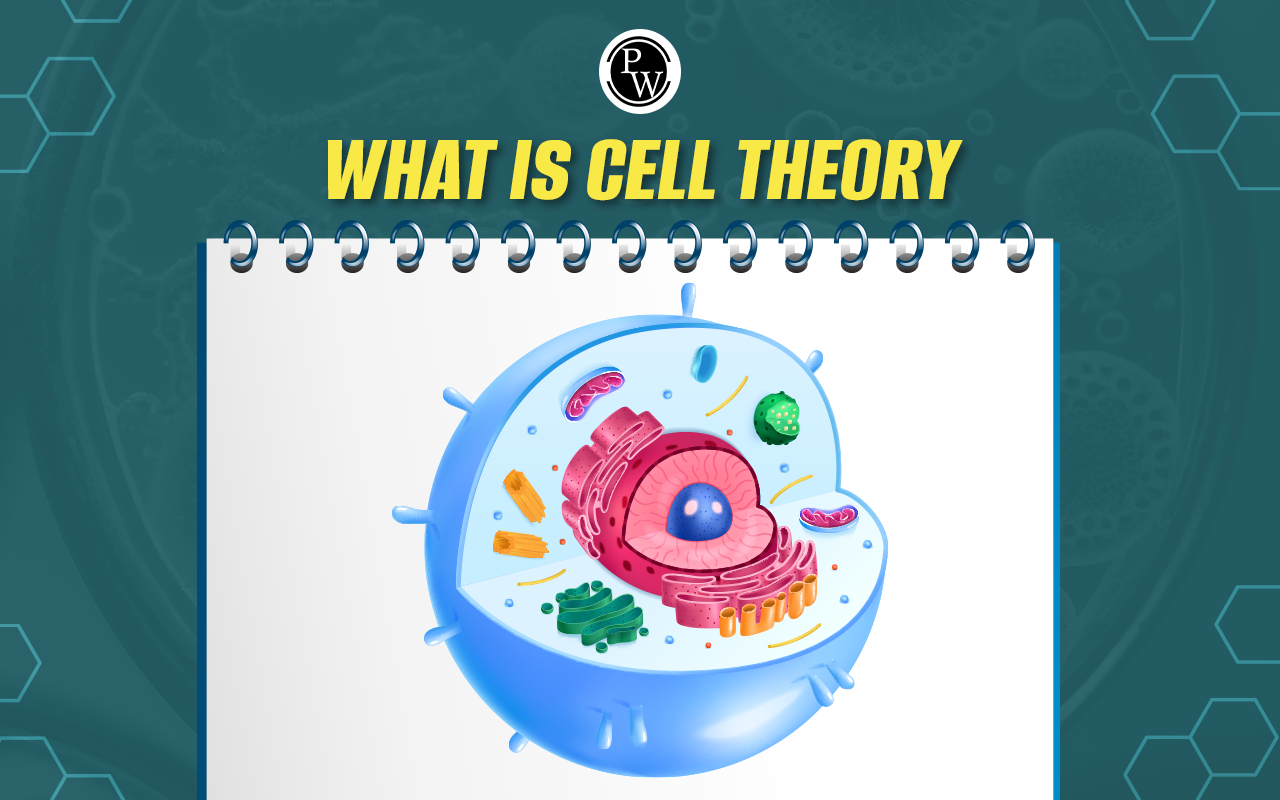
Female External Genitalia: The female external genitalia is important for a complete understanding of reproductive health. These anatomical structures, including the labia majora, labia minora, clitoris, mons pubis, and vaginal and urethral openings, are fundamental for sexual function and childbirth. These structures are vital for diagnosing and treating reproductive health conditions and sexually transmitted infections.
Furthermore, it encourages individuals to make informed decisions regarding contraception, sexual health, and childbirth. The understanding of female external genitalia encourages body positivity, dispels societal stigmas, and encourages respectful discourse about female anatomy. It enhances overall well-being. Read this article to get complete NEET Biology Notes on the female external genitalia.Female External Genitalia Anatomy
The female external genitalia are vital for reproductive health. Components like the labia majora, labia minora, clitoris, mons pubis, vaginal and urethral openings, and perineum play essential roles in sexual function and childbirth. These structures enable informed decisions about sexual health and contraception, increase body positivity, and dispel societal stigmas. The complete female external genitalia anatomy is explained below.- Labia majora : These are the outer folds of skin surrounding the vaginal opening. They serve as a protective barrier for the internal genitalia and provide cushioning during activities.
- Labia minora : Inside the labia majora are the labia minora, more minor folds of skin closer to the vaginal opening. They protect the sensitive internal structures of the vulva.
- Clitoris : The clitoris is a sensitive organ located at the top of the vulva. It is rich in nerve endings and is a primary source of sexual pleasure for women.
- Mons pubis : The mons pubis is a fatty mound above the pubic bone covered in pubic hair. It cushions the pubic bone and helps distribute pressure during activities such as intercourse and childbirth.
Development and Function of Female External Genitalia
The development and function of the female external genitalia are important aspects of reproductive health and sexual well-being. It performs various functions. The development and function of female external genitalia are explained below.- Embryological development shapes the female external genitalia, transforming undifferentiated structures into distinct anatomical features. This process is guided by genetic and hormonal signals, ensuring proper formation.
- Hormonal regulation plays a key role throughout life, influencing the growth, development, and function of the female external genitalia. Hormonal fluctuations during puberty, menstruation, pregnancy, and menopause impact the structure and function of these organs.
- The female external genitalia contribute significantly to sexual function, with the clitoris serving as a primary site of arousal and pleasure. Other structures, such as the labia minora, also play roles in sexual sensation and lubrication.
- In reproduction, the female external genitalia facilitate fertilization through the vaginal opening and adjust the growing fetus during pregnancy. During childbirth, these structures change to allow for the baby's safe passage through the birth canal.
Sexual Health and Hygiene
Sexual health and hygiene are vital aspects of a woman's overall well-being. This includes addressing common concerns and conditions that adhere to proper hygiene practices and implementing strategies for preventing and managing issues. The Common concerns and conditions are explained below.- Infections : Women may get infections that affect the external genitalia, such as yeast infections and bacterial vaginosis. These infections can cause discomfort, itching, and abnormal vaginal discharge.
- Skin conditions : Dermatitis and lichen sclerosis are skin conditions that can affect the female external genitalia, causing inflammation and thin, white patches of skin.
- Sexual dysfunctions : Dyspareunia and vaginismus are sexual dysfunctions that may impact a woman's sexual health and well-being and lead to discomfort or pain during sexual activity.
- Hygiene practices : Maintaining proper hygiene of the female external genitalia involves gentle cleansing with water and mild soap, avoiding harsh chemicals or scented products that may disrupt the natural balance of the vaginal flora. Additionally, wearing breathable cotton underwear and practicing good menstrual hygiene can promote vaginal health.
- Prevention and management of issues : Preventive measures include practicing safe sex, using condoms to prevent sexually transmitted infections, and undergoing regular screenings. Management of common concerns and conditions entails seeking medical advice for diagnosis and treatment, which may involve antifungal medications, antibiotics, topical corticosteroids, or various treatments for sexual dysfunctions, such as counselling or physical therapy.
| Important NEET Biology Notes | ||
|---|---|---|
| Selaginella | Embryo | Malvaceae |
| Pinus | Polyembryony | Volvox |
| NEET Exam Important Links | |
|---|---|
| NEET Biology Syllabus | NEET Biology Diagrams |
| NEET Biology MCQ | NEET Biology Chapter wise Weightage |
| NEET Biology Notes | NEET Previous Year Question papers |
Female External Genitalia FAQs
Q 1. How does the female external genitalia develop?
Ans. Estrogens influence female external genital development in the female embryo. The genital tubercle elongates to form the clitoris, while the urethral folds and genital swellings give rise to the labia minora and labia majora, respectively.
Q 2. What are the functions of the female external genitalia?
Ans. The female external genital structures have three main functions: facilitating sperm entry, protecting against infections, and providing sexual pleasure and lubrication, which are essential for reproductive health.
Q 3. What is the function of the female reproductive system?
Ans. The female reproductive system enables reproduction, pregnancy, and childbirth. It produces female sex hormones like estrogen and progesterone, which are vital for reproductive health and overall well-being.
Q 4. What is the importance of labial stretching in women?
Ans. Labial stretching aims to enhance female sexual pleasure. Some researchers propose the term 'female genital modification' to describe this practice that highlights its potential benefits for sexual satisfaction.
Q 5. What are the four external genitalia structures?
Ans. The external genital structures consist of the mons pubis, labia majora, labia minora, and clitoris, which form the vulva. They play vital roles in sexual function, reproduction, and genital health.
🔥 Trending Blogs
Talk to a counsellorHave doubts? Our support team will be happy to assist you!

Check out these Related Articles
Free Learning Resources
PW Books
Notes (Class 10-12)
PW Study Materials
Notes (Class 6-9)
Ncert Solutions
Govt Exams
Class 6th to 12th Online Courses
Govt Job Exams Courses
UPSC Coaching
Defence Exam Coaching
Gate Exam Coaching
Other Exams
Know about Physics Wallah
Physics Wallah is an Indian edtech platform that provides accessible & comprehensive learning experiences to students from Class 6th to postgraduate level. We also provide extensive NCERT solutions, sample paper, NEET, JEE Mains, BITSAT previous year papers & more such resources to students. Physics Wallah also caters to over 3.5 million registered students and over 78 lakh+ Youtube subscribers with 4.8 rating on its app.
We Stand Out because
We provide students with intensive courses with India’s qualified & experienced faculties & mentors. PW strives to make the learning experience comprehensive and accessible for students of all sections of society. We believe in empowering every single student who couldn't dream of a good career in engineering and medical field earlier.
Our Key Focus Areas
Physics Wallah's main focus is to make the learning experience as economical as possible for all students. With our affordable courses like Lakshya, Udaan and Arjuna and many others, we have been able to provide a platform for lakhs of aspirants. From providing Chemistry, Maths, Physics formula to giving e-books of eminent authors like RD Sharma, RS Aggarwal and Lakhmir Singh, PW focuses on every single student's need for preparation.
What Makes Us Different
Physics Wallah strives to develop a comprehensive pedagogical structure for students, where they get a state-of-the-art learning experience with study material and resources. Apart from catering students preparing for JEE Mains and NEET, PW also provides study material for each state board like Uttar Pradesh, Bihar, and others
Copyright © 2025 Physicswallah Limited All rights reserved.
Get App









